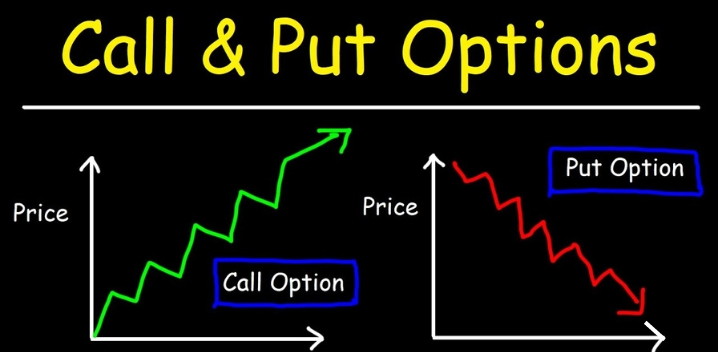Content
- Introduction
- Call and Put Options for Beginners
- Types of Option Contracts
- What Is a Call Option?
- How Do Call Options Work?
- What Is a Put Option?
- How Do Put Options Work?
- Basic Terms Relating To Call And Put Options
- What is the Difference Between Call Option & Put Option?
- How to Calculate Call Option Payoffs?
- How to Calculate Put Option Payoffs?
- Risk vs Reward – Call Option and Put Option
- What Happens to Call Options on Expiry? – Buying Call Option
- What Happens to Call Options on Expiry? – Selling Call Option
- What Happens to Put Options on Expiry? – Buying Put Option
- What Happens to Put Options on Expiry? – Selling Put Option
Introduction
Call and put options are a typical derivative or contract that provides rights to the buyer. However, there’s no obligation to purchase or sell the underlying asset within a specific date or at a specified price.
Options come in two classified distinctions - call option and put option. Nevertheless, the call-and-put options examples can be further categorized into American-style options and European-style options. While the prior can be exercised anytime prior to their expiration, the latter can be exercised only on the expiry date.
Today, this derivative guide will provide you with valuable insights into what are call and put options. Please stay tuned until the end to learn more about it.
Let’s dive in!
More Articles to Explore
- Difference between NSDL and CDSL
- Lowest brokerage charges in India for online trading
- How to find your demat account number using PAN card
- What are bonus shares and how do they work?
- How to transfer shares from one demat account to another?
- What is BO ID?
- Open demat account without a PAN card - a complete guide
- What are DP charges?
- What is DP ID in a demat account
- How to transfer money from demat account to bank account
Disclaimer: Investment in securities market are subject to market risks, read all the related documents carefully before investing. For detailed disclaimer please Click here.
Frequently Asked Questions
As an investor, you can purchase the call and put options only when the prior anticipates a stock rise and the latter expects a stock fall. You can learn to call and put options and use them best as a typical investment strategy. While the call-and-put options are inherently risky, it is not recommended for the average retailer investor.
Neither of the call & put options is particularly better than the other. However, it entirely depends on the investor's investment objective and risk tolerance. But most of the risk ultimately depends on the fluctuation in the underlying asset's market price.
You should note certain things if you are wondering which is riskier in the call and put options. For a significantly longer time, put options have been historically riskier. It is probably because the stock prices tend to rise higher in comparison to all other assets.
Whenever your implieds are different, then you might need to do more work to identify the reason behind the imbalance. However, interest and dividends are the most obvious culprits that make the call and put options to have different IVs. Please note that the interest rate assumptions can vary over expirations, stocks, and strikes.




